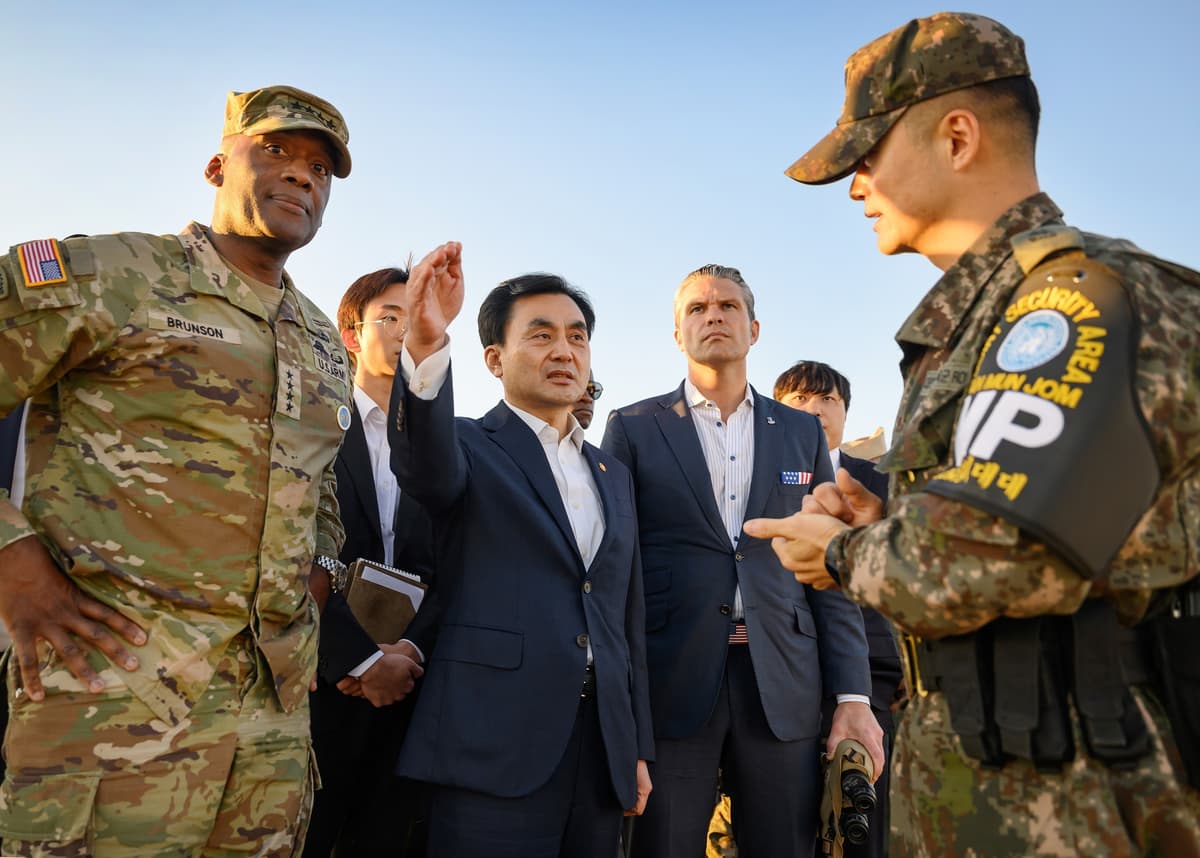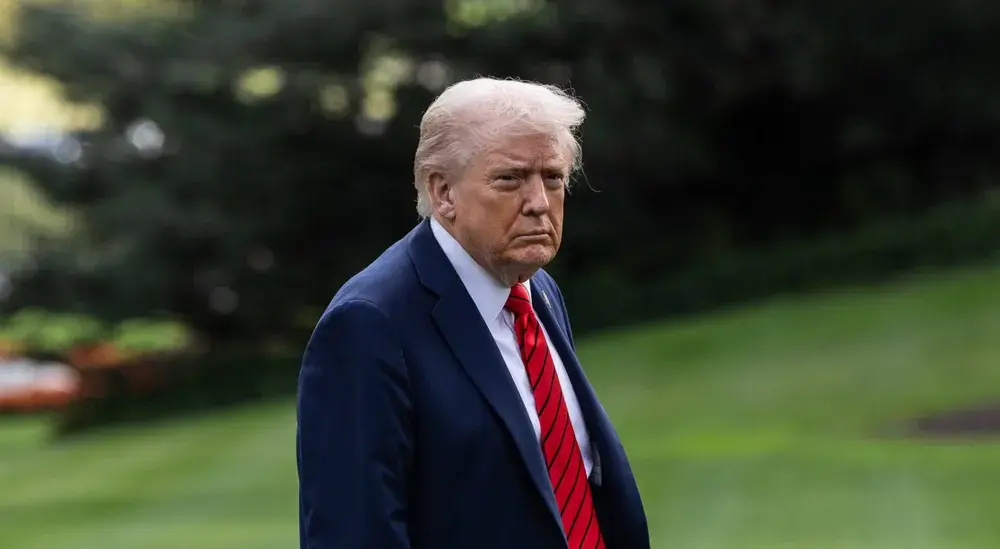In a significant development, the United States has approved a nuclear fuel reprocessing agreement essential for South Korea to construct its first nuclear-powered submarine. This decision emerged during a summit on October 29, 2023, in Gyeongju, where President Donald Trump met with South Korea’s President Lee Jae-myung. The agreement represents a pivotal moment in military cooperation between the two nations, enabling South Korea to advance its naval capabilities.
The details of the agreement were briefly highlighted in a 2,100-word fact sheet released after the summit. It confirms President Trump’s approval for South Korea to build nuclear-powered attack submarines. While the fact sheet suggests that the construction may occur in the United States, it does not definitively state that the first vessel will be built there. This ambiguity has led to discussions between Washington and Seoul regarding the location of the submarine’s construction.
South Korean Defense Minister Ahn Gyu-back has advocated for “domestic construction,” emphasizing the benefits of building the submarine within South Korea. In contrast, President Trump has publicly stated that the submarine will be constructed in the Philadelphia Shipyards, which were recently acquired by Hanwha Ocean for $100 million. The shipyard has been renamed “Hanwha Philly Shipyard,” and the company is keen to establish itself as a significant player in nuclear vessel construction.
Alex Wong, chief strategy officer of Hanwha, expressed confidence in the shipyard’s potential, stating, “Hanwha Philly Shipyard was a centerpiece yard in America’s storied naval shipbuilding past.” He highlighted the importance of investment in American workers and collaboration with South Korea to revitalize the shipyard’s role in advanced naval construction.
This nuclear fuel agreement is part of the broader $150 billion Korea Strategic Trade and Investment Deal, which aims to bolster trade relations between the two countries. The deal includes provisions for South Korea to invest $200 billion into various sectors, with a focus on shipbuilding. Additionally, the United States has committed to lowering tariffs on most imports, which could enhance economic exchanges.
The agreement also addresses defense spending, with South Korea pledging to increase its military expenditure from 2 percent to 3.5 percent of its gross domestic product, projected to reach $18.6 trillion in 2023. Furthermore, South Korea will allocate $25 billion for American military equipment over the next five years and provide comprehensive support amounting to $33 billion for U.S. forces stationed in the country.
While this agreement marks a significant shift in South Korea’s military policy, it has drawn criticism from neighboring China, which has expressed concerns about the implications of South Korea’s nuclear capabilities for regional stability. The Chinese ambassador to South Korea remarked that the development is “directly tied to the international nonproliferation regime and peace and stability in the region,” urging South Korea to handle the situation carefully.
Both leaders reaffirmed their commitment to the complete denuclearization of North Korea and pledged to work collaboratively towards peace on the Korean Peninsula. Despite the shared vision, President Lee acknowledged the challenges faced during negotiations, indicating that discussions were contentious at times.
As South Korea embarks on this new chapter in its defense strategy, the implications of increased military capabilities and regional dynamics will be closely monitored by international observers. The agreement not only underscores the evolving nature of U.S.-South Korea relations but also highlights the complexities of security in the Indo-Pacific region.







